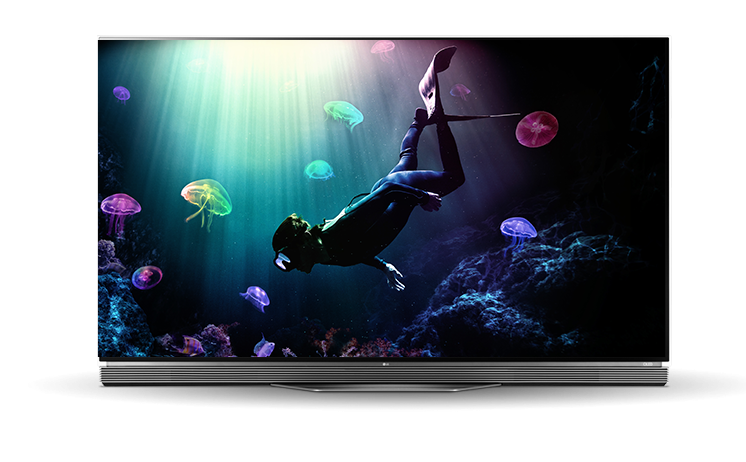I am always excited to see business booming. There sure are signs that the global economy continues to improve. Global LCD and OLED panel shipments are expected to increase by 7 percent in the second quarter of 2017 quarter to quarter to 646.7 million units, a rebound from a 9 percent quarter-to-quarter decrease in the first quarter, according to IHS Markit.
IT panel demand is expected to be conservative this year, without strong enough replacement momentum to drive it up. Demand for notebook PC panels is forecast to decline 8 percent in the second quarter of 2017 from the previous quarter, weaker than that for monitors (up 5 percent) and tablet PC (down 1 percent) applications.
In particular, tablet PC panel demand is expected to surge at the end of the second quarter as Apple and other tablet PC brands launch new products later.TV panel inventory level is balanced at this moment, and TV panel demand is expected to go smoothly through the second quarter of 2017.
“TV inventory levels after China’s Labor Day sales promotions will determine whether panel demand can continue up or decline in the second half of 2017,” Lin said.
Demand for TV panels is forecast to be up 3 percent in the second quarter from the previous quarter. After suffering from high panel prices, TV brands are likely to move their procurement plan to two different size segments at either 32-inch and below, or 65-inch and above.
Smaller TV brands are aiming for the smaller segment, seen as a boon for quantity sales given the lower retail price, while first-tier brands that command better purchasing power will look to the larger segment, despite the supply shortage caused by tighter capacity, according to IHS Markit.
“Panel makers are moving more capacity to IT panels from smartphone panels beginning the second quarter as mobile phone set demand slows down. This will aggravate the supply-demand imbalance in the IT panel market,” Lin said.
Post Disclaimer
Some of our content may contain marketing links, which means we will receive a commission for purchases made via those links. In our editorial content, these affiliate links appear automatically, and our editorial teams are not influenced by our affiliate partnerships. We work with several providers (currently Skimlinks and Amazon) to manage our affiliate relationships. You can find out more about their services by visiting their sites.







Similar threads